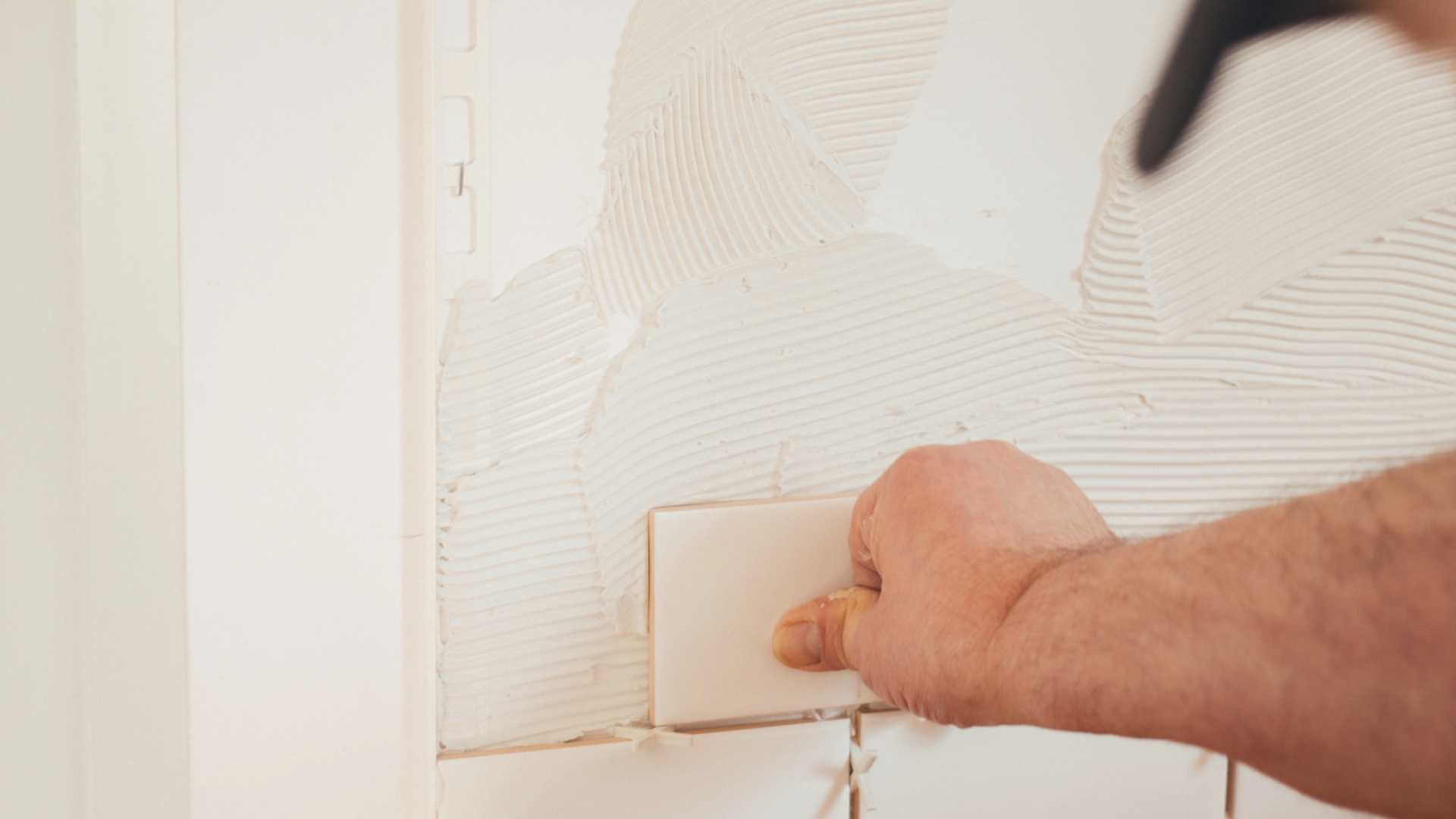MY TIPS AND BLOGS
Mastering the basis of real estate matters may be the best way to feel more confident during your journey. Explore my blog posts to discover some interesting news.
MY BLOGS

5 People You Need In Your Homeowner Network
So you’re finally a homeowner – congratulations! This is an important step in anyone’s life, and it’s absolutely normal to feel somewhat (or wildly) unprepared for the realities of owning a place of your own. What if there’s an emergency, or what if something breaks? Do you know what to do? Here’s t
Read More
How To Market A Luxury Home
When you’re selling a luxury property, the usual rules about how to market a home tend to go out the window. For starters, not all sellers want the universe to know that their home is going on the market, so you might not have the option of advertising the home on a real estate portal or even listin
Read More
7 Tips For Buying A New Home
Buying a house - whether it’s your first or fifth - can be a bumpy process. Between the financing, the availability (or scarcity) of homes on the market in your price range that meet your needs, the offer process, the appraisal and the inspection, there’s a lot that can go wrong between deciding tha
Read More
How To Choose The Right Suburban Neighborhood
Buying a home anywhere feels like a huge step, but getting settled in the suburbs can seem especially momentous for any household. After all, traditionally, suburbs were for establishing a place in the community and raising a family, where you can put down roots and grow a life. Where you might plan
Read More
6 Home Renovation Mistakes To Avoid
One of the very best things about owning your own home is that you can change it to fit yourself and your lifestyle. Home renovations are more popular than ever before, and there are countless shows, blogs, magazines and other resources where you can indulge your dreams of a perfect home – if you’re
Read More
How To Manage Stress When Dealing With Home Financing
One excellent way to improve your financial profile is to buy a home of your own. But we won’t lie: It’s a long and potentially incredibly stressful process, especially when it comes to the dollars and cents of securing a mortgage loan. So how do you navigate the stress of the journey in order to re
Read More
4 Tips For Assessing Your Home’s Value
As a homeowner, it's perfectly natural to wonder how much your house is currently worth (and, not so incidentally, how much money you might make today if you were to sell it). Even though the internet has brought information about home values directly to our fingertips, not all of it is reliable --
Read More
7 Tips For Moving With Kids Or Pets
Moving is stressful all on its own, but when you add in the complications that kids or pets (or both) can bring to the mix, it can feel downright impossible. Depending on the age of your children and whether your fur baby is a cat or a dog, some moves can be easier than others, but any stress you’re
Read More
What Factors Can Keep Your House From Selling?
Selling your house can be an intensely emotional experience in any market, but it's particularly nerve-wracking when it seems like other homes are going under contract in a matter of days while your listing lingers. In that situation, sellers can't help but wonder if there might be something wrong w
Read More
Answers To Your Questions About Home Inspections
If you’re not familiar with home inspections, then you might have a lot of questions about what gets inspected, how thorough the inspectors are, why you even need one, and what you can expect if you’re walking with an inspector through the house you’re hoping to buy. There’s a lot to know about home
Read More
10 Things Everyone Should Know About Real Estate Investing
Real estate investing is gaining popularity, and if you’ve been giving it some thought, this guide will give you an overview. The goal of any real estate investor is typically to make money. This means purchasing an investment property at a good price so you can rent it out and maybe eventually sell
Read More
5 Essential Financial Steps To Take Before Investing In Real Estate
If you’ve been thinking about investing in real estate, getting your finances in order before you start searching for properties and scheduling appointments will save you from money headaches in the long run. Real estate investments could be one of your largest investments, and unless you have cash
Read More
How To Maximize A Small Living Space?
Between micro-apartments, tiny homes, and even #vanlife, the real estate industry is taking the saying “less is more” to previously unknown levels. And while we can all get behind the idea of streamlining your life and shedding possessions that no longer meet your needs. The good news is that as we’
Read More
Deep-Cleaning Tips For Homeowners
If you've never owned a house before, then it's entirely possible that you've never deep-cleaned a house. (Hey, no shame in that game.) But when the house is yours, the desire to see it as clean and sparkling as it can possibly be is strong -- and you might have no idea where to start or how to go a
Read More
What Your Agent Should Do For You?
Just like in any other profession, there are good real estate agents ... and there are, unfortunately, subpar real estate agents, too. But how do you know if you've got a dreamboat or a dud handling your real estate transaction? One way to know whether you've got a good agent (or not) is to consider
Read More
10 Ways To Make Your Home Energy-efficient
Not too long ago in our country's history, talking about making your house "greener" might get you labeled a hippie tree-hugger. But times change, and as gas, electricity, and water prices creep up, more and more homeowners are seeing the (strong) advantages that come with considering the environmen
Read More
Guide To Preparing For Showings
When you're selling your house, it can be tempting to hope that buyers will see past the surface to the beautiful bone structure of your abode and realize what a lovely life they could make in it. But the truth is that most homes could use a little bit of a facelift before you invite people to walk
Read More
Open House Prep Guide: Get Ready In 5 Steps
An open house can be an ideal way to introduce a bulk of buyers to the property you're hoping to sell them, and done right, an open house can sometimes generate multiple offers. The key, though, is "done right" -- not every open house is going to be a buyer's bonanza, and not every open house showca
Read More
Is It The Right Time To Sell Your Home?
Is now the best time to sell your home? That’s an intensely personal question that depends on a number of factors -- many of them beyond your control. In 2006, some sellers might have been wondering if they should have waited another year and netted even more profit … but today we know that those se
Read More
5 Common Mistakes First-Time Homebuyers Make
Buying a home is always an anxiety-ridden process, and that goes triple for anyone who’s embarking on homeownership for the very first time. There’s so much to do and so much you don’t know that “overwhelming” hardly seems like an appropriate description of how it feels. Even though you don’t want t
Read More
